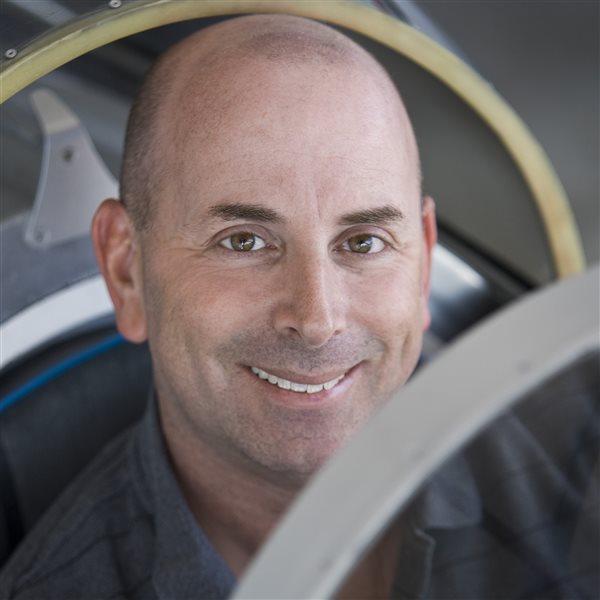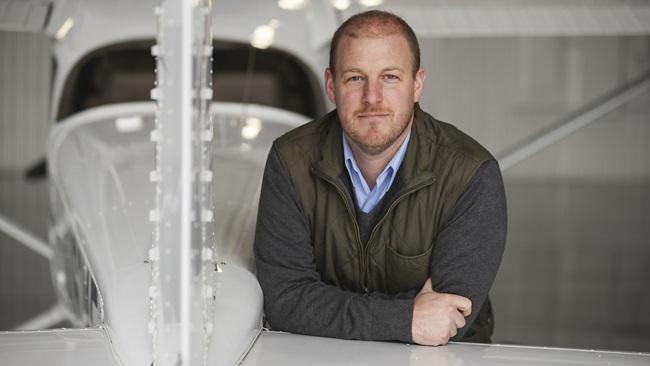Hot starts make pilots feel short-handed
What goes on under the cowl
Hot starts with fuel-injected engines wouldn’t be so difficult if pilots had more hands. Ideally, we’d have one on the throttle, another on the mixture control, a third on the starter, and maybe even a fourth on the fuel pump. But since we’ve only got two hands, we prioritize. Starter and throttle come first. Mixture (and possibly fuel pump) next.
Hot starts with fuel-injected Lycoming engines typically begin with the throttle forward, mixture at idle cutoff, and fuel pump off.
Engage the starter until the engine fires, then retard the throttle and enrich the mixture. If the engine stumbles, turn on the fuel pump to keep it from quitting and leave it on until the engine runs smoothly.
Here’s what’s going on under the cowl of a typical fuel-injected Lycoming engine.
Heat rising from the engine causes fuel in the injection lines to vaporize, and there’s simply not enough avgas coming through the lines for starting. To combat this, the pilot runs the electric fuel pump (with mixture in the idle cutoff position and the throttle wide open) for 30 to 60 seconds to pump cool fuel through the lines and purge them of vapor.
Then the pilot enriches the mixture for a few seconds to push a small quantity of liquid fuel into the cylinders, turns off the fuel pump, and moves the mixture knob back to the idle cutoff position.
Then the pilot engages the starter, and the fuel in the cylinders ignites when the spark plugs fire and the fuel is mixed with the proper amount of air. Those combustion events spin the crankshaft/propeller, and that invites more combustion. The pilot retards the throttle to prevent over-revving and enriches the mixture to keep it running.
Keep in mind that the fuel/air mixture is typically too rich when the engine first cranks, and it becomes leaner with each turn of the propeller. The cylinders begin to fire when the fuel/air mixture is just right—but pilots have a limited amount of time to get there. Starter motors can typically crank no more than 10 seconds before they become overheated themselves and need to cool down. Cranking also requires a massive amount of current from the aircraft battery, so multiple failed starts could require recharging the battery, or getting a jump start.
Fuel-injected Continental engines have a slightly different hot-start procedure. And hot starts in carbureted engines are almost identical to cold starts, but little or no priming is required for the hot kind.
As always, consult your pilot’s operating handbook for the hot-start procedure the manufacturer recommends—and be quick with your hands. All of them.



